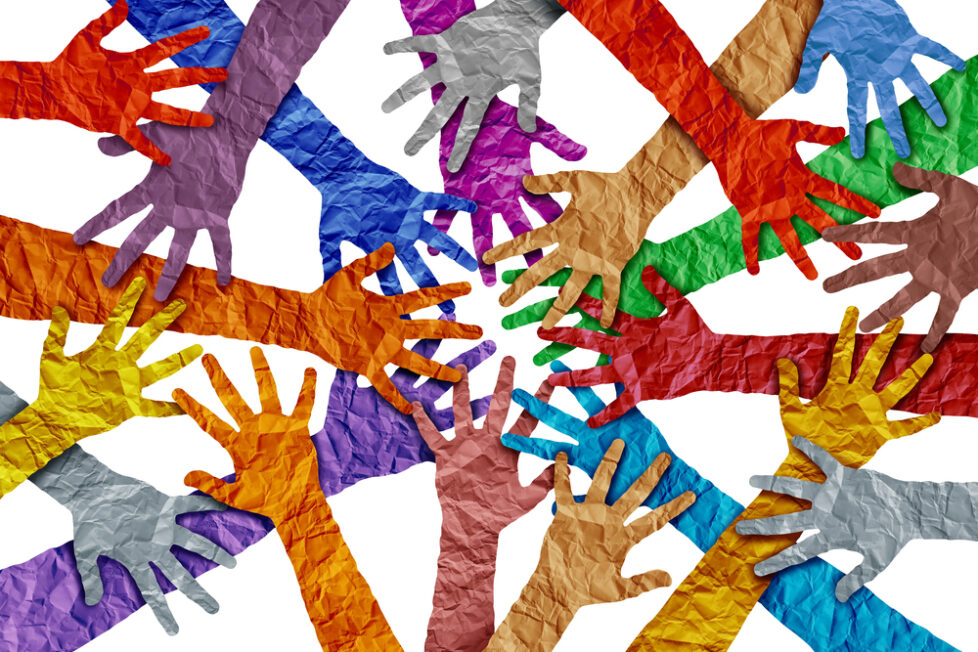Diversity vs. Inclusion in the Workplace: Benefits and Differences


LINKS TO CONTENT
ToggleNowadays, organizations strive to make sure they instil a culture of diversity and inclusion within the workplace. It’s unsurprising. Why? That’s because a focus on increased DEI at work is a good thing, as 56% of employed US adults indicate. (1)
Workforce diversity and inclusion are used interchangeably to mean different things when applied to an organizational culture. This post will review definitions in detail. It will also discuss the benefits associated with the efforts of diversity and inclusion and their differences.
Let’s discuss diversity vs inclusion in the workplace. One major aspect that needs the greatest level of emphasis is how the two are related yet distinct. They also carry unique implications for the modern workplace.
Diversity is the presence of a variety of human differences within a group or organization. These differences might be visible, such as race, gender diversity, and age diversity, or invisible, which can include sexual orientation, socioeconomic background, and cognitive styles. Generally, diverse companies replicate diversity in society at large.
Inclusion, on the other hand, goes miles past mere representation. It focuses on creating a working environment where every individual is supported, respected, and given the right to participate fully. It’s also about capitalizing on diverse opinions to ensure everybody feels they belong.
Diversity has loads of benefits for the workplace:
What happens when people from different backgrounds come and work together? Unique perspectives sprout like mushrooms, which all could aid in solving problems. For instance, a diverse team has the power to develop a product with broader global appeal, thanks to various cultural nuances being taken into account.
Diverse teams don’t suffer from groupthink. Research demonstrates diverse teams make better business decisions 87% of the time. (2)
Additionally, a diverse workforce will enable companies to understand and serve their customer bases better.
Say you have employees who speak various languages. If this is the case, communicating effectively with your clients worldwide will be a breeze.
Employees who find themselves represented in leadership up to the other end of the organizational hierarchy are more likely to remain motivated. And this means a happier, more productive environment with lower turnover rates. It also drives customer satisfaction.
Organizations known for their diversity record are more enticing for top talents and create better impressions with customers. One survey says 76% of job seekers put a premium on workplace diversity when searching for companies and job offers. (3)
How about the benefits of an inclusion initiative in the workplace? Check them out below:
There’s nothing like feeling included wherever you go, right? The same positive emotion can’t be truer in the workplace. What happens then is that employees are more likely to feel satisfied with their jobs. Increased loyalty and productivity are coming the organization’s way as a result.
Inclusive environments are where open communication and idea-sharing thrive. Take the case of meetings where all voices are encouraged and respected. These sessions have a much higher chance of developing more comprehensive solutions to whatever challenges come the organization’s way.
What happens when employees feel safe to express their ideas, and they don’t fear being judged for their own opinions? Innovation thrives.
Inclusivity is about making the most of diverse perspectives. Talk about approaching problems from multiple angles. All bases are covered this way. This practice can lead to more creative and effective problem-solving.
Hear this one out: employees who feel included are more likely to stay with an organization for a long time. This reduces turnover costs. It’s also key to preserving institutional knowledge.
While diversity and inclusion are interrelated, they’re not synonymous. Here are the key differences:
Diversity focuses on representation, while inclusion centers on participation and belonging.
Diversity is often quantifiable (e.g., percentage of women in leadership roles), while inclusion is more qualitative and based on employee experiences.
Diversity can be achieved through hiring practices, but inclusion requires ongoing effort to create a supportive environment.
Diversity addresses who’s in the room, while inclusion determines how they’re treated and involved once they’re there.
Diversity alone doesn’t guarantee better outcomes. Inclusion is necessary to fully leverage the benefits of a diverse workforce.
Creating an inclusive organizational culture requires intentional effort and ongoing commitment. Here are practical strategies:
As you implement the above tips, hold continuous feedback-gathering initiatives to understand your team members’ thoughts and stand ready to shift gears when necessary.
A diverse and inclusive workplace isn’t born out of a one-time, big-time operation. Instead, it’s for the long haul, and it requires never-ending commitment and self-reflection. Continuous improvement is, of course, a valuable part of the formula as well. The end goal is always to create environments where all staff thrive. Increased innovation, employee satisfaction, and overall business success... all these become possible with an organization that accepts, respects and values all.
References:
1. “Diversity, Equity and Inclusion in the Workplace”, Source: https://www.pewresearch.org/social-trends/2023/05/17/diversity-equity-and-inclusion-in-the-workplace/
2. “3 Benefits Of Diversity In The Workplace”, Source: https://www.forbes.com/sites/ashleystahl/2021/12/17/3-benefits-of-diversity-in-the-workplace/
3. “For younger job seekers, diversity and inclusion in the workplace aren’t a preference. They’re a requirement,” Source: https://www.washingtonpost.com/business/2021/02/18/millennial-genz-workplace-diversity-equity-inclusion/
Samantha is an HR practitioner who has worked with several companies to help them improve their HR practices. Samantha has gained decades of experience in handling all HR facets that include managerial relations, labour relations, training and development, recruitment, and compensation and benefits.
When Samantha is not busy at work, she writes articles about the importance of effective HR practices and why startups should always prioritize this area of the business.
